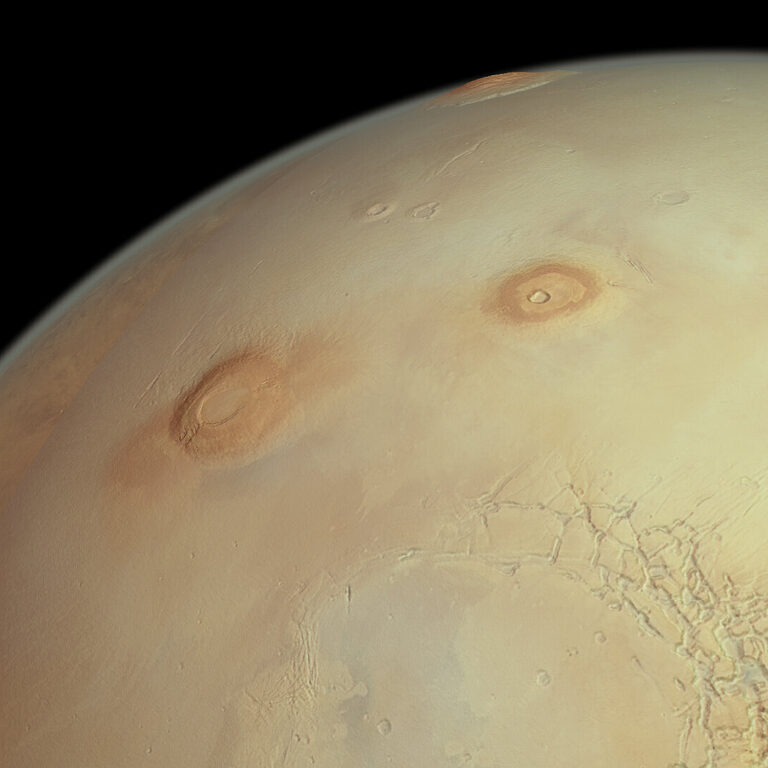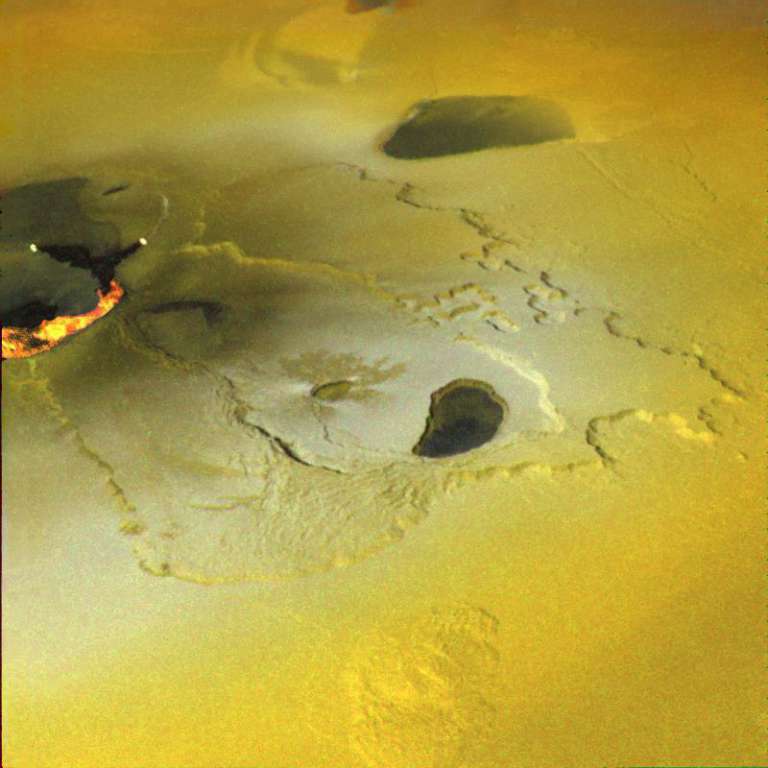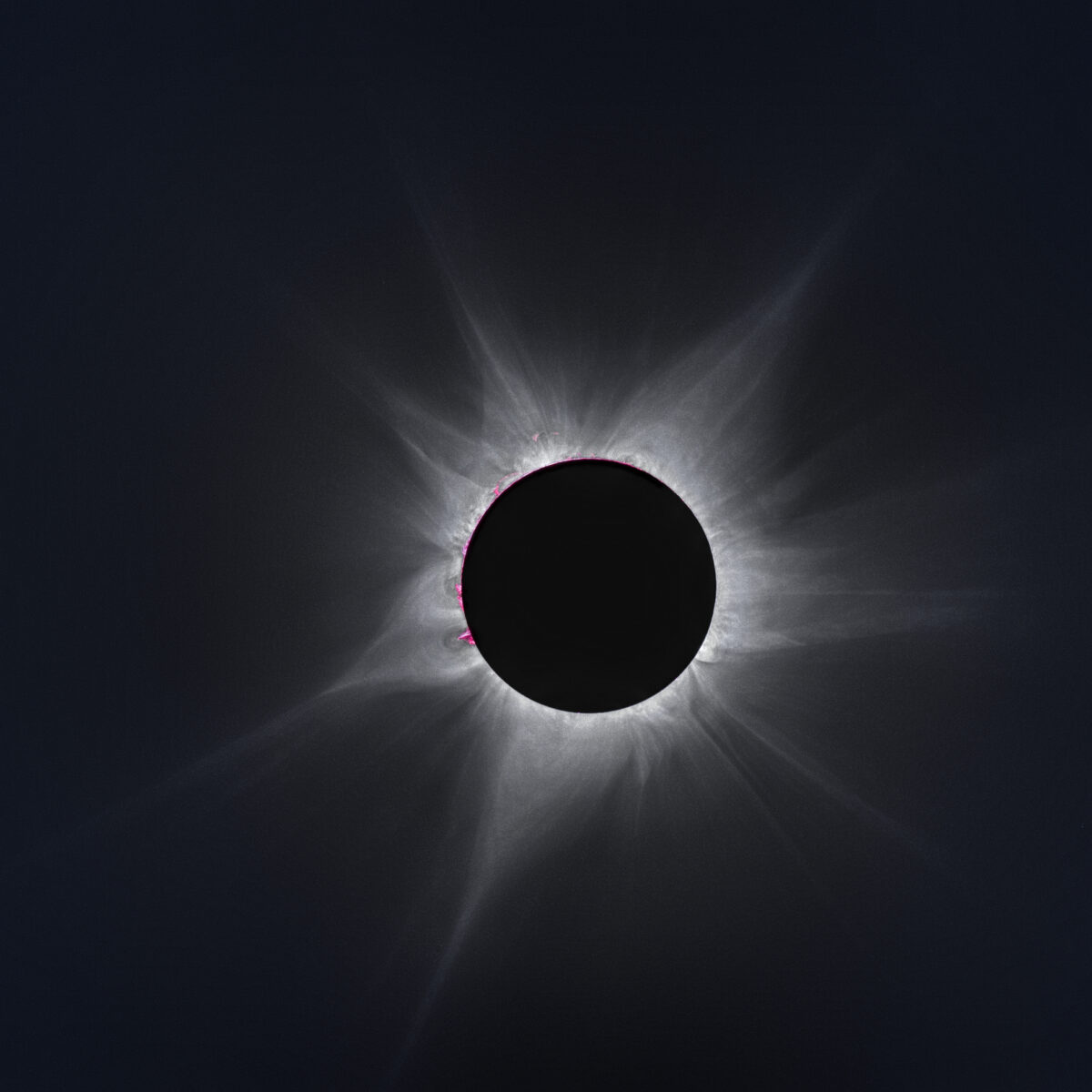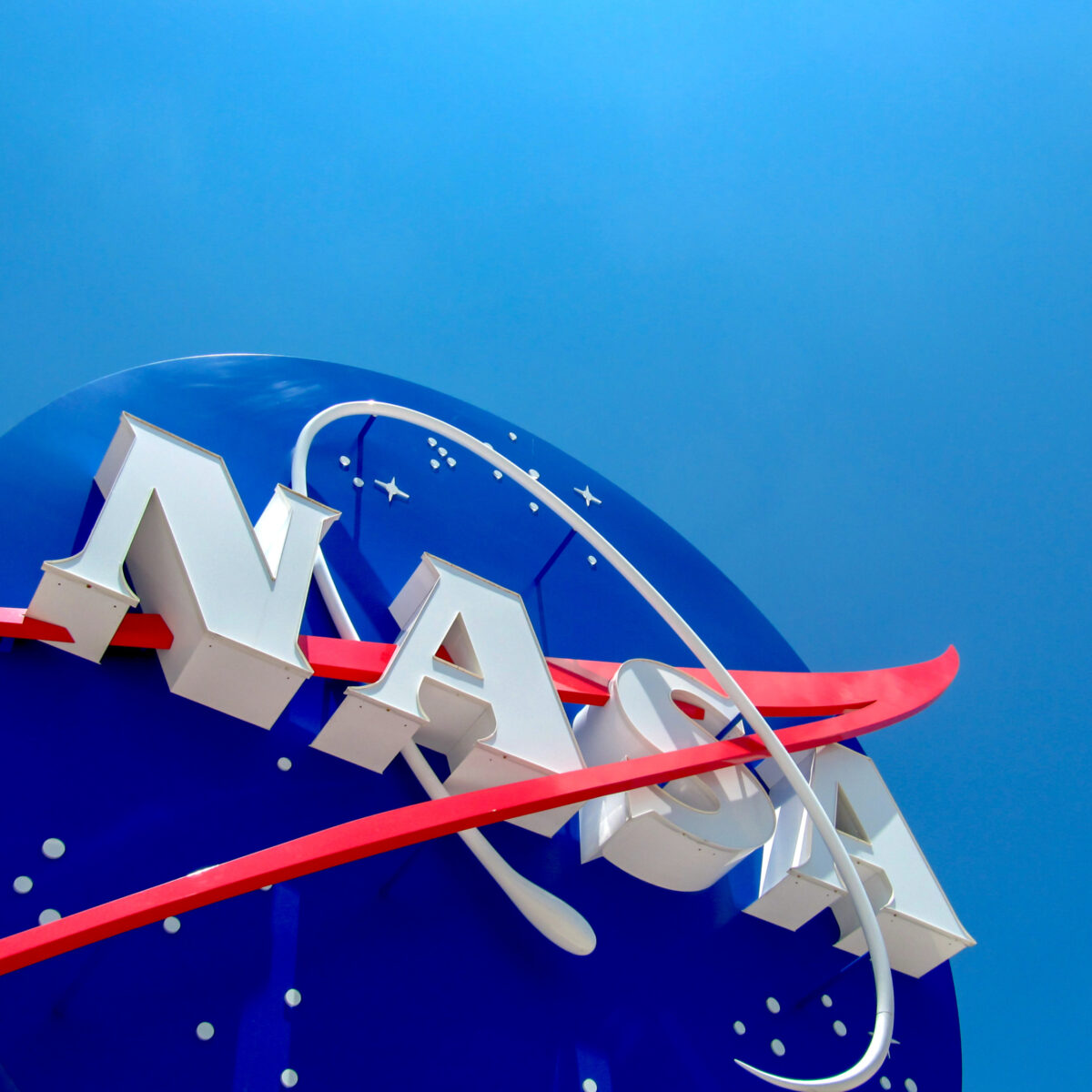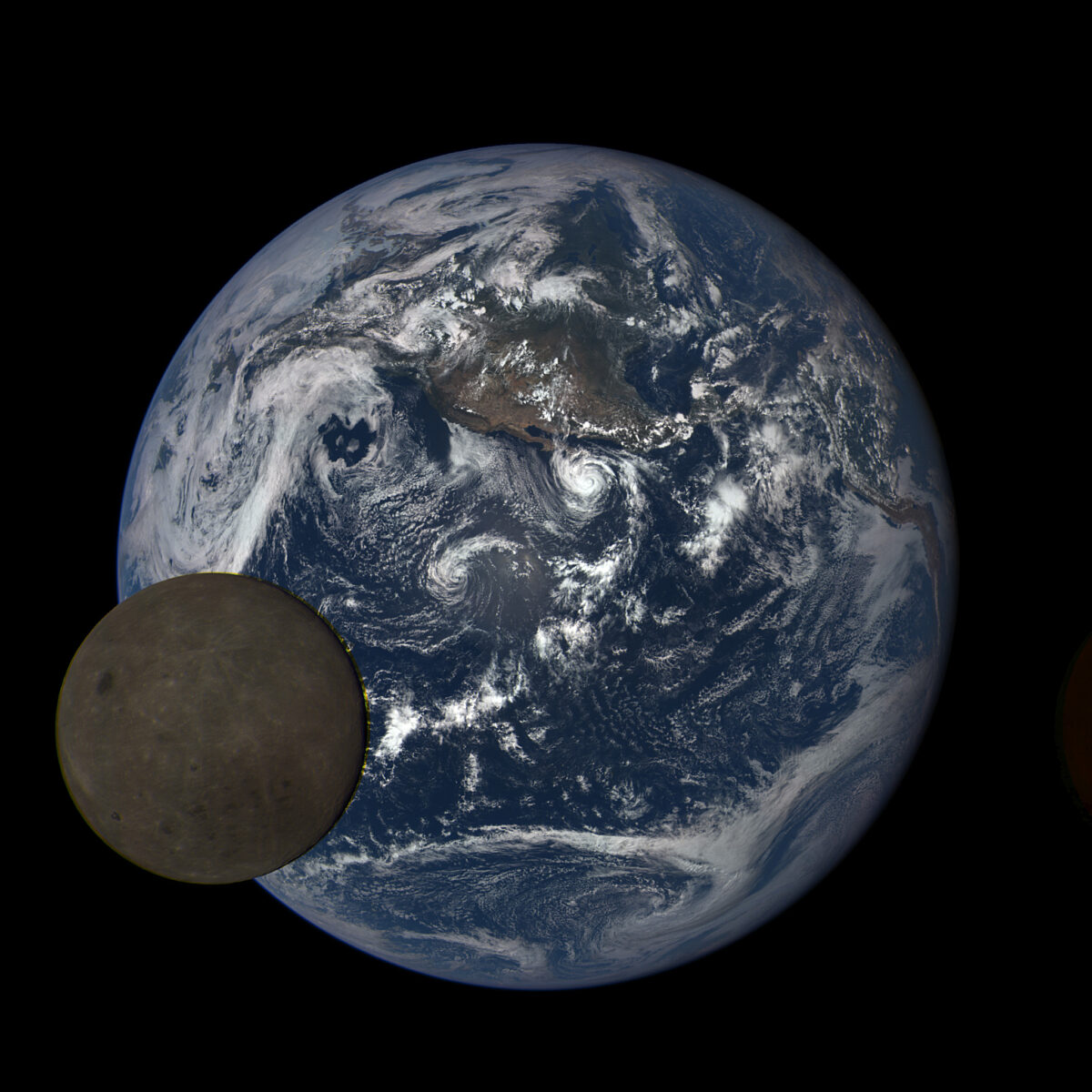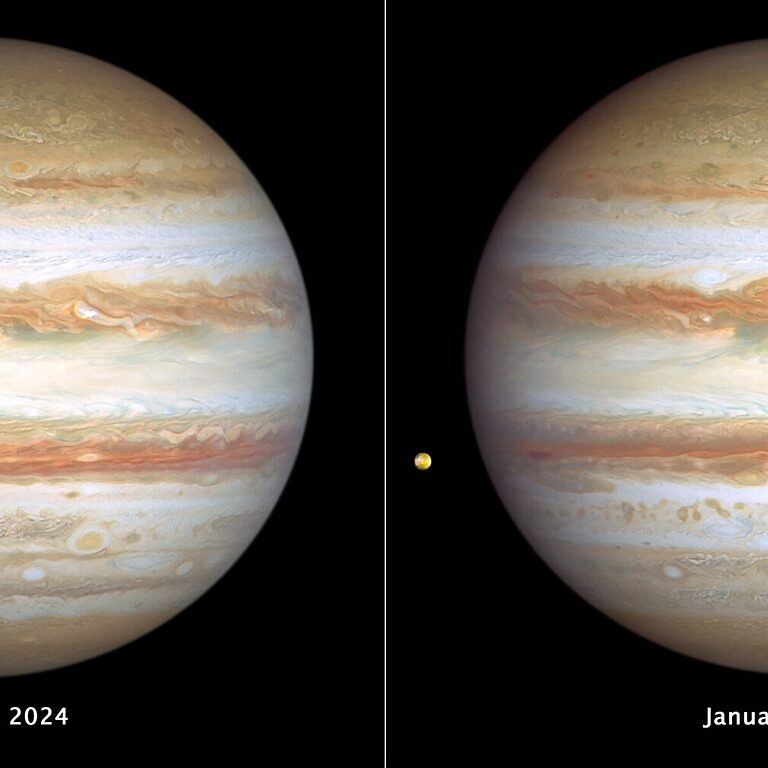All
All
Stories, updates, insights, and original analysis from The Planetary Society.
Wow! But also, yikes!
Photos and news from space to inspire, amaze, and even scare you a little.
What is the difference between astronomy and astrology?
The words may be similar, but astronomy (a science) and astrology (a divinatory practice) are very different things.
Science on the docket: The 2024 Congressional Day of Action
A recap of The Planetary Society's 2024 Day of Action in Washington, D.C.
Chang’e-6 launch: What to expect
China will attempt to return the first-ever samples from the far side of the Moon.
Volcanoes are so hot right now
From Mars to Io, volcanoes top the list of hottest things in space right now — both literally and figuratively.
What are planets made of?
A look at the compositions of terrestrial planets, gas giants, and ice giants in our Solar System.
The hottest and coldest places in the Solar System
The worlds of our Solar System run the gamut of temperatures. Here are some of the hottest and coldest places we know of.
Scratching the surface
The latest news on missions to search for ice and water beneath planetary surfaces.
At Eclipse-O-Rama, cosmic beauty and community
On a ranch in the Texas hill country, members of The Planetary Society gathered to marvel at the 2024 total solar eclipse as a community.
Is space science worth the money?
Space science costs money. Here's why it's worth the investment.
A sight to remember
For hundreds of millions of people, the Sun and Moon put on an astonishing show this week. Here are our eclipse highlights and more.
Space: See it, hear it, feel it, predict it
From spotting comets to hearing eclipses and predicting solar emissions, there are many ways to experience space phenomena.
How do NASA and ESA work together?
NASA and the European Space Agency (ESA) have a long-standing partnership that has resulted in spectacular science missions, including the James Webb Space Telescope and the Cassini-Huygens mission to Saturn.
Experiencing the total solar eclipse without sight
New technologies, projects, and resources aim to help people with blindness and low vision experience the eclipse.
Is Planet X/Planet Nine real?
Planet X and Planet Nine are planets that have, at one time or another, been thought to exist in our Solar System. Both were hypothesized to explain the orbital characteristics of smaller outer Solar System bodies.
Keeping an eye on things
Measuring changes in the Moon’s size, watching for eruptions on the Sun’s surface, and monitoring budget developments.
Should you be worried about solar storms?
As the Sun nears solar maximum, the odds of potentially dangerous solar storms go up. What could one do to Earth?
NASA's FY 2025 budget request is not enough
Federal spending caps and inflation take a bite out of NASA's ambitions.
Is the Moon shrinking?
The Moon is shrinking in both actual volume and its apparent size from Earth’s perspective. We explain how scientists know this, why it happens, and how it might affect Earth.
Hidden depths and a cosmic mystery
Jupiter has much more going on beneath its outer clouds, and NASA invites players to unravel a fictional mystery.


 Explore Worlds
Explore Worlds Find Life
Find Life Defend Earth
Defend Earth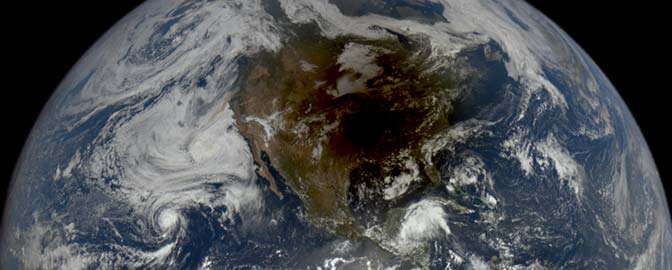


 Sun
Sun Mercury
Mercury Venus
Venus Earth
Earth Mars
Mars Jupiter
Jupiter Saturn
Saturn Uranus
Uranus Neptune
Neptune Small Bodies
Small Bodies



